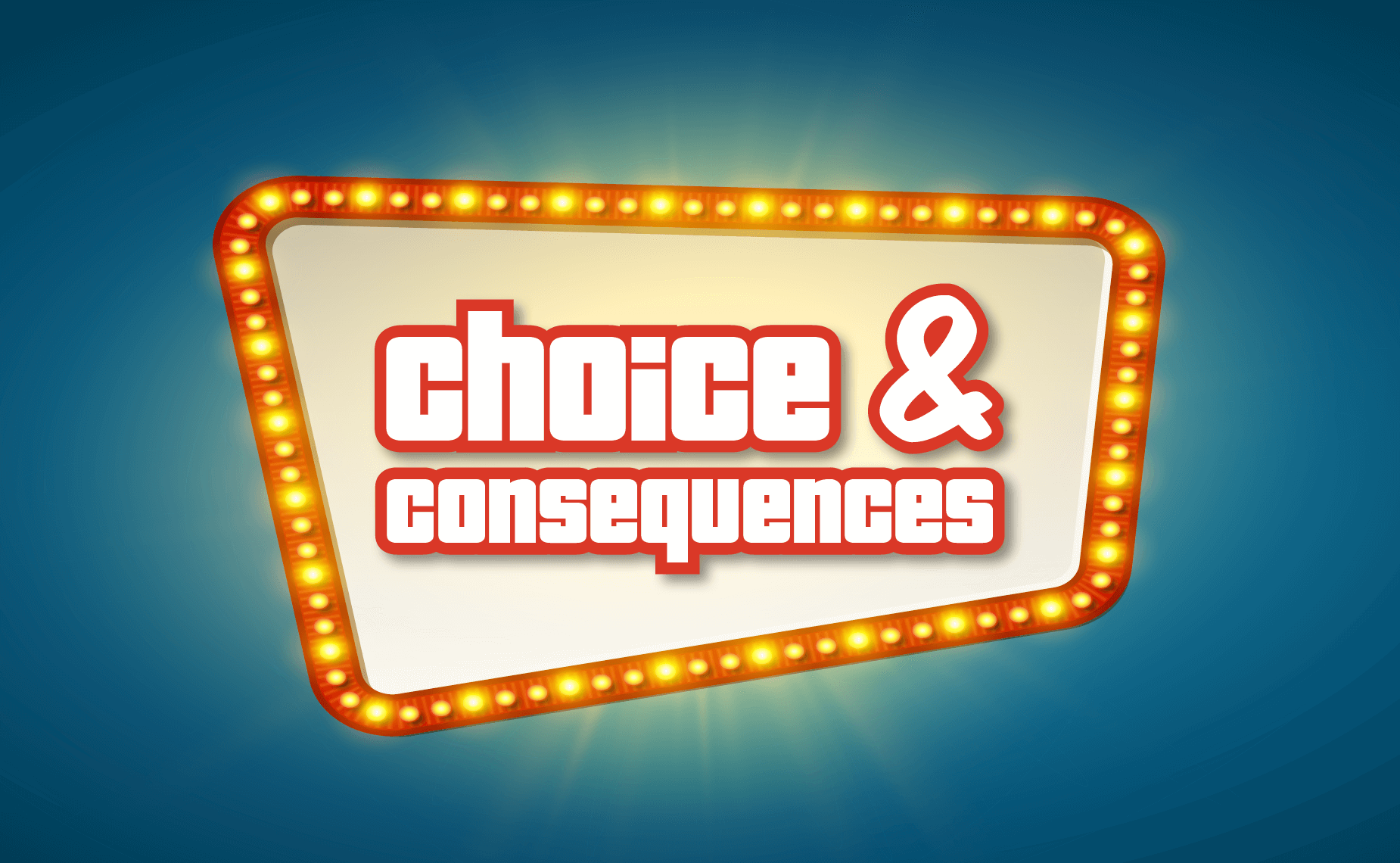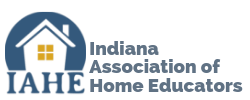
Life is full of choices we must make, each and every day. And, every choice comes with consequences. Some are minimal, but some have a lasting impact.
Parents have many choices when deciding how to educate their children. Public school, private school, and homeschool options are abundant, more so today than ever before. Each choice comes with both benefits and consequences, and the key to making an informed decision comes down to fully understanding the positive and negative consequences of that choice.
As a homeschool organization, the IAHE is clearly biased in favor of home education as the best way to educate and disciple children. With a changing world around us, more and more families have taken a new look at homeschooling, and many of the most frequently asked questions revolve around funding and the options for “keeping my tax dollars” when leaving the public school system.
Let’s consider some examples of how tax dollars and funding work in the wider world.
Imagine a large stack of books sitting on your dining room table. Can you highlight your favorite passage? Can you loan them to a friend? Can you keep them forever? Can you turn down the page to mark your place? It depends. Did you purchase them, or did you borrow them from the local library? Ownership determines the rules of engagement. If you borrow a book from the library, you have agreed to certain terms and conditions.
Have you ever considered walking into a library and asking for a refund because you decided to purchase a book instead? A library is a public service, paid for by tax dollars, that benefits an entire community. It is there when and if you need to utilize it… and your tax dollars support the library whether you use it or not.
Public services such as libraries, fire departments, post offices, public schools, and more are all funded by tax revenue. They exist to serve the community, and no one receives a refund if they do not utilize a public service. Homeschool families are not entitled to money from the state any more than someone who prefers Amazon as their book supplier over the local library.
Here is another way to think about it.
Imagine shopping for a new place to live. Picture yourself reviewing a list of available homes with the exact same floor plans, square footage, acreage, paint, cabinets, countertops, storage systems, and shutters. No detail is different with the exception of the home’s location. Would life in these seemingly identical homes be the same? What if one home is located in the country and one is located in a planned community with a homeowners association? Life in the country may come without the perks of a planned community, but it also comes with less oversight. What appears identical at face value can be quite different in application.
Every choice in life comes with certain benefits, some consequences, and differing amounts of FREEDOM.
IAHE fights to maintain the clear and distinct lines in Indiana code that keep homeschooling FREE from government regulations. Years before March of 2020, Indiana families had many educational choices, and the options have continued to grow. Since the pandemic, even more public schools have launched at-home programs in an effort to meet the needs of a changing world and to keep state funding within their local districts. Many have latched on to the use of the homeschool label for any educational option that primarily takes place in the home. But, the use of tax-payer funds demands public accountability, and this remains true in considering the choice between different education options.
Public school programs masquerading as homeschooling often seek to take advantage of the freedom of private education while seeking to avoid the accountability required with public funding.
Here are some side-by-side comparisons of the requirements of homeschools and public schools…
- Homeschool families are not required to complete standardized testing. Families enrolled in virtual public school programs must complete testing as required by the State.
- Homeschool families are free to choose a curriculum with or without religious instruction. Families enrolled in virtual public school programs are restricted to purchasing secular curricula aligned with the state standards.
- Homeschool families are free to set their own school calendar, as long as they do the same number of days as their local public school between July 1 through June 30 of each year. Families enrolled in virtual public school programs must follow the calendar set by the administrators of the school.
- Homeschool families are free to educate their children at their own pace and provide individualized instruction. Families enrolled in virtual public school programs must follow the benchmarks and standards set by the State irrespective of their child’s individual learning style or pace.
Indiana homeschool families retain educational liberties which have been slowly and methodically stripped away from other education options that receive state funding. We continue to maintain these liberties because we neither take nor request state tax dollars to help educate our children. Because the State does not subsidize parent-directed, home-based, privately-funded education, it gives homeschooling families the ability to maintain a hands-off approach from the state when it comes to further regulation and control.
The Indiana Association of Home Educators (IAHE) stands firm on the truth that parents, not the government, are in the best position to determine what is good and appropriate for their children. Legislation that whittles down parental rights to educate their children at home continues to be a concern to IAHE. We will continue to fight for maintaining parental responsibility over state mandates and control over family matters.
